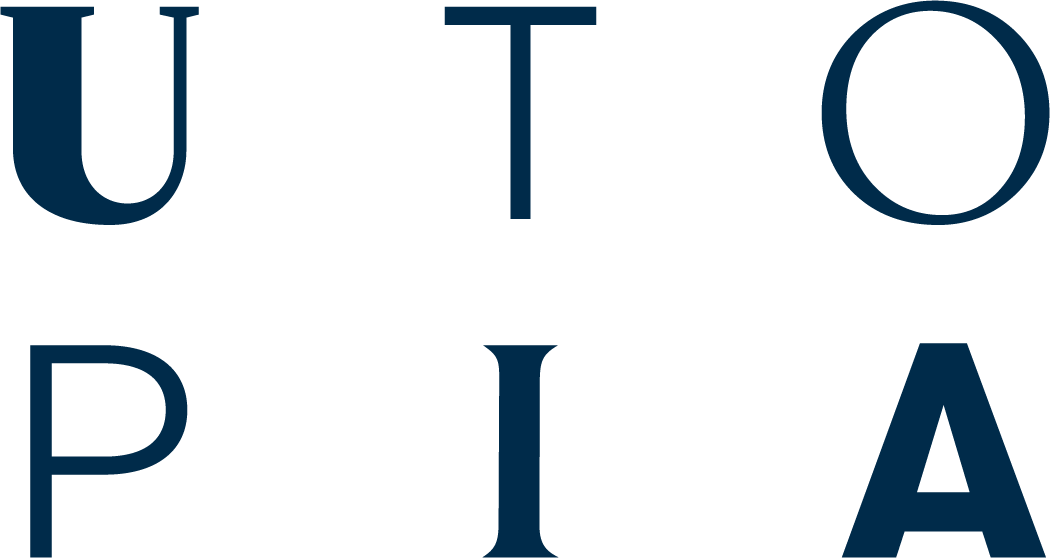How To Better Deal With Workplace Harassment
Ever since the #metoo movement went viral in the USA in 2017, many countries from France, to South Korea to the UK and beyond have shone an ever-growing light on the extent of sexual harassment in the workplace and society more generally. Sexual harassment is the broad term that encompasses many situations like abuse, assault and misconduct. It includes any unwanted sexual advances, comments, jokes or touches. In the Netherlands, where I’m from, a ground swell of distressing stories broke this time last year around the Dutch version of talent show ‘The Voice’, which saw a surge in the number of reports of sexual harassment previously unseen. All of this provoked much deeper conversations around the world about consent, appropriate behaviour and how sexual harassment in the workplace can be better handled.
This happened to me.
As someone who’s experienced sexual misconduct at work and outside, these stories made me reflect on the role we have as bystanders, leaders or colleagues. Too often, responsibility is put on the victims to come forward, share their traumatic experience and change the systems in place. Why is responsibility placed on those who’ve already been traumatised to drive change and not on those who craft a culture that enables inappropriate behaviour?
I reported an instance of sexual misconduct to an official when I became aware the incident wasn’t isolated to me. When I did, the poor treatment I received resulted in me feeling like I was the one that had to leave the organisation. Research shows that victim blaming, a line of questioning which places the cause of the incident on the victim, is one of the most risky things to do for all and significantly exacerbates post-traumatic stress symptoms (PTSS).
What’s happening in your workplace?
A recent UK study shows around 1 in 3 people face sexual harassment in the workplace. Women are at higher risk, with over 80% experiencing sexual harassment at work in their lifetime. When exploring the situation through an intersectional lens, these numbers rise even further. Black women are 3 times more likely as white women to experience sexual harassment. So are people with certain characteristics, like being a person of colour, LGBTQIA+, under 35, having a different gender identity and/or disability. Plus most studies show a massive underreporting for all groups. Around 3 in 4 cases go unreported for fear of being at risk of further harassment, demotion or firing. When a culture exists that consciously or unconsciously mismanages sexual misconduct complaints, it’s likely that other workplace complaints around racism, homophobia, ableism, gender identity, sexism and transphobia for example will also be badly managed.
What’s the impact on my business?
Aside from the devastating impact on victims and the people around them, sexual harassment also results in significant lost productivity for businesses. One study shows sexual harassment cost the Australian economy over $2.6bn in 2019. At least 40% of people say they’ve been sexually harassed at work, and this hasn’t changed much since the 1980s, meaning that current practices aren’t having their desired effect. We need a different approach that doesn’t label those who speak up as ‘trouble-maker’, ‘trailblazer’ for change or pretend that their voices were never heard at all.
How to better manage all workplace harassment
If we want our workplaces to be a safe environment for everyone, we all bear the responsibility to build a culture where people don’t look away because they don’t know what to do or feel uncomfortable. Here are 5 ways to improve this:
Take it seriously. Invest in understanding your team’s experience of harassment through regular listening sessions and surveys. If you truly want your team to speak freely and trust the information is handled sensitively, consider unbiased, external facilitation.
Don’t invalidate. If disturbing behaviour is fed back to you as a leader - whether it’s minoritised persons continually being passed up for promotion, racist, sexist, other offensive remarks or harassment - avoid instant judgement; thinking it’s too difficult to solve; or that it’s not a work issue. Instead aim to empathise and understand. It’s likely to have taken enormous strength for the person to get even this far. Leaders can also show support by sponsorship and mentorship of people who are different from you.
Consider introducing specific training for managers like Bystander Intervention Training. This can help any colleague understand why they need to speak up when they witness inappropriate behaviour, but it also helps show us how to be better allies.
Re-design policy and grievance procedures to be inclusive and supportive. Embed clear policies with specific examples of behaviour that’s encouraged, that’s unacceptable and the consequences for the latter. Too often, policies are generic. This protects no one.
Establish a staff led ‘Ambassador Task Force for Diversity, Equity and Inclusion’. When trained and guided appropriately, staff can take harassment into account when building solutions that are tailored to your specific business needs. They can also promote positive behaviours alongside leaders and address inappropriate behaviours as allies, ensuring a top-down and bottom-up approach to driving change.
If you’d like support on how to confidentially and sensitively explore a workplace situation that you may be dealing with, get in touch. You can also speak to a victim support in your country for specialist support for anyone who’s experienced any kind of harassment.

